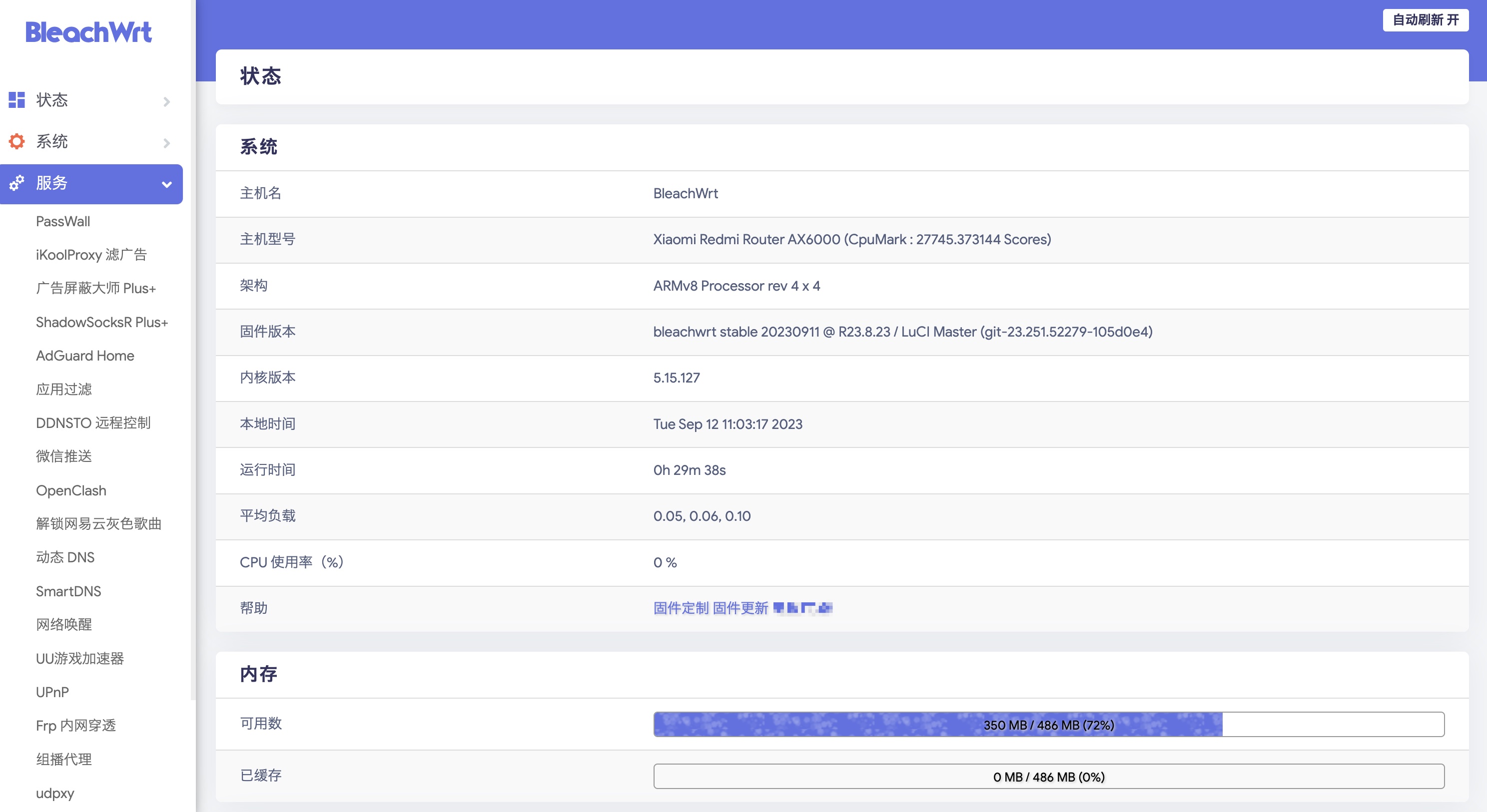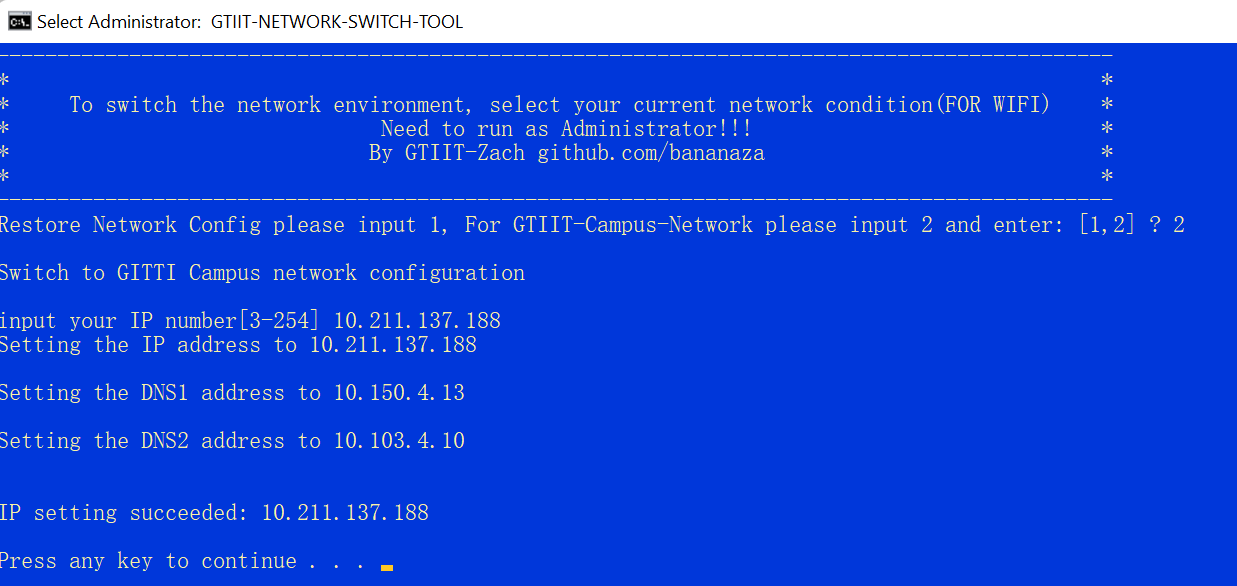1. 入门
对于初学者来说,最难的是如何找到递推关系,我们需要通过一套方法来总结、训练。
动态规划(DP)思路:
第一步:先思考回溯怎么写(入参与返回值、递归到哪里、递归边界和入口)
第二步:改成记忆化搜索(就是用 数组 或者 哈希表 存储已经求解过的结果)
第三步:翻译成递推
计算时间复杂度公式:状态个数 * 单个状态的计算时间
2. 以 LC198 打家劫舍为例
https://leetcode.cn/problems/house-robber/description/
2.1 回溯 + 记忆化
当前操作:枚举第 i 个房子 选 / 不选
子问题:从前 i 个房子中得到的最大金额和
下一个问题:选(前 i - 2 个房子中得到的最大金额和)、不选(前 i - 1 个房子中得到的最大金额和)
得到:dfs(i) = max(dfs(i - 1), dfs(i - 2) + nums[i])
1 2 3 4 5 6 7 8 9 10 11 12 13 14 15 16 17 18 19 20 class Solution { private HashMap<Integer, Integer> map = new HashMap <>(); public int dfs (int [] nums, int i) { if (i < 0 ) { return 0 ; } if (map.containsKey(i)) { return map.get(i); } int res = Math.max(dfs(nums, i - 1 ), dfs(nums, i - 2 ) + nums[i]); map.put(i, res); return res; } public int rob (int [] nums) { return dfs(nums, nums.length - 1 ); } }
2.2 改成递推
由上面已知 dfs(i) = max(dfs(i - 1), dfs(i - 2) + nums[i])
改成递推的步骤:
dfs -> f 数组
边界条件 -> f 数组的初始化
递归 -> 循环
考虑到数组越界问题,我们可以对 f 数组中 i 同时加2,变为:
f(i + 2) = max(f[i + 1], f[i] + nums[i])
1 2 3 4 5 6 7 8 9 10 class Solution { public int rob (int [] nums) { int n = nums.length; int [] f = new int [n + 2 ]; for (int i = 0 ; i < n; i++){ f[i+2 ] = Math.max(f[i+1 ], f[i] + nums[i]); } return f[n+1 ]; } }
由于只用到了上个结果 f[i+1] 和上上个结果 f[i],我们可以考虑对空间进行优化:
1 2 3 4 5 6 7 8 9 10 11 12 class Solution { public int rob (int [] nums) { int n = nums.length; int f0 = 0 , f1 = 0 , newF = 0 ; for (int i = 0 ; i < n; i++) { newF = Math.max(f1, f0 + nums[i]); f0 = f1; f1 = newF; } return newF; } }
3. 以 0-1 背包问题为例
https://leetcode.cn/problems/target-sum/description/
3.1 回溯
当前操作:枚举第 i 个物品选 / 不选;不选,剩余容量不变;选,剩余容量减少 w[i]
子问题:剩余容量为 c 时,从前 i 个物品中得到的最大价值和
下一个问题:不选(剩余容量为c,前 i - 1 个物品中得到的最大价值和)、选(剩余容量为 c - w[i],前 i - 1 个物品中得到的最大价值和)
得到:dfs(i, c) = max(dfs(i - 1, c), dfs(i - 1, c - w[i]) + v[i])
3.2 套在 LC494 目标和上
https://leetcode.cn/problems/target-sum/description/
这道题就是 0-1 背包问题的变种,通过推导,我们要在数组中找一些数,满足以下条件:
s + target 需要满足:是偶数、不小于0(因为数组元素都是正数)
1 2 3 4 5 6 7 8 9 10 11 12 13 14 15 16 17 18 19 20 21 22 23 24 25 26 27 28 29 class Solution { public int dfs (int [] nums, int i, int c) { if (i < 0 ) { if (c == 0 ) { return 1 ; } else { return 0 ; } } if (c < nums[i]) { return dfs(nums, i - 1 , c); } return dfs(nums, i - 1 , c) + dfs(nums, i - 1 , c - nums[i]); } public int findTargetSumWays (int [] nums, int target) { int sum = 0 ; for (int num : nums) { sum += num; } target += sum; if (target < 0 || target % 2 != 0 ) { return 0 ; } target /= 2 ; return dfs(nums, nums.length - 1 , target); } }
3.3 改为递推
由 dfs(i, c) = max(dfs(i - 1, c), dfs(i - 1, c - w[i]) + v[i])
可得 f[i][c] = max(f[i-1][c], f[i-1][c-w[i]] + v[i])
为了避免数组越界,对 f 中的 i 加 1
f[i+1][c] = max(f[i][c], f[i][c-w[i]] + v[i]) 或者 f[i][c](容量不足的情况)
把 max 改为 加法
1 2 3 4 5 6 7 8 9 10 11 12 13 14 15 16 17 18 19 20 21 22 23 24 25 26 27 28 class Solution { public int findTargetSumWays (int [] nums, int target) { int sum = 0 ; for (int num : nums) { sum += num; } target += sum; if (target < 0 || target % 2 != 0 ) { return 0 ; } target /= 2 ; int n = nums.length; int [][] f = new int [n + 1 ][target + 1 ]; f[0 ][0 ] = 1 ; for (int i = 0 ; i < n; i++) { for (int j = 0 ; j <= target; j++) { if (j < nums[i]) { f[i + 1 ][j] = f[i][j]; } else { f[i + 1 ][j] = f[i][j] + f[i][j - nums[i]]; } } } return f[n][target]; } }
最后考虑空间优化,每次只有数组中的两个位置参与状态转移,可以将 i 改成 i % 2,最后 n 改为 n % 2
4. 以腾讯音乐笔试题为例
前面几道题都是视频里的样例题,下面试着把上面这套方法用起来,结合到4月18日晚的腾讯音乐笔试第三题中。
题目(大概是这样):
给定一个字符串 s 和一个数组 nums,它们长度相等,字符串第 i 个字符代表数组第 i 个数的颜色,‘R’ 代表红色(已染色),‘W’ 代表未染色。现在要求有多少种染色方案,使得红色节点的和为偶数。
测试样例:
s = “RWWW”,nums=[1, 2, 3, 4]
一共有 4 种方案,分别是:{1, 3, 4},{1, 3},{1, 2, 3},{1, 2, 3, 4}
下面是解题流程。
4.1 递归
考虑递归的三个问题。
当前操作:对当前节点染色(红色节点和 + nums[i]),对当前节点不染色(红色节点和不变)
子问题:当前红色节点和为 s,求前 i 个红色节点和为偶数的方案
下一个子问题:不染色(红色节点和为 s,前 i 个红色节点和为偶数的方案)、染色(红色节点和为 s + nums[i],前 i 个红色节点和为偶数的方案)
得到:dfs(i, s) = dfs(i - 1, s) + dfs(i - 1, s + nums[i])
1 2 3 4 5 6 7 8 9 10 11 12 13 14 15 16 17 18 19 20 21 22 23 24 25 26 27 28 29 public class Test { public static int dfs (int [] nums, String colors, int i, int tmpSum) { if (i < 0 ) { if (tmpSum % 2 == 0 ) { return 1 ; } else { return 0 ; } } if (colors.charAt(i) == 'W' ) { return dfs(nums, colors, i - 1 , tmpSum) + dfs(nums, colors, i - 1 , tmpSum + nums[i]); } return dfs(nums, colors, i - 1 , tmpSum); } public static void main (String[] args) { String colors = "RWWW" ; int [] nums = new int []{1 , 2 , 3 , 4 }; int redSum = 0 ; for (int i = 0 ; i < nums.length; i++) { if (colors.charAt(i) == 'R' ) { redSum += nums[i]; } } System.out.println(dfs(nums, colors, nums.length - 1 , redSum)); } }
接着用一个二维数组存储搜索过的值,即可改为记忆化搜索。
4.2 改为递推
也是三步走:
dfs -> f 数组:
f[i, s] = f[i - 1][s] + f[i - 1][s + nums[i]]
为了防止下标越界,对 f 中的 i 都加1,得到递推式:
f[i + 1, s] = f[i][s] + f[i][s + nums[i]]
边界条件 -> f 数组的初始值:f[0][tmpSum] = 1(遍历 0 到 tmpSum,偶数为1)
递归 -> 循环
1 2 3 4 5 6 7 8 9 10 11 12 13 14 15 16 17 18 19 20 21 22 23 24 25 26 27 28 29 30 31 32 33 34 35 36 public class Test { public static void main (String[] args) { String colors = "RWWW" ; int [] nums = new int []{1 , 2 , 3 , 4 }; int redSum = 0 , sum = 0 ; for (int i = 0 ; i < nums.length; i++) { sum += nums[i]; if (colors.charAt(i) == 'R' ) { redSum += nums[i]; } } int [][] f = new int [nums.length + 1 ][sum + 1 ]; for (int i = 0 ; i <= sum; i++) { if (i % 2 == 0 ) { f[0 ][i] = 1 ; } } for (int i = 0 ; i < nums.length; i++) { for (int s = 0 ; s <= sum; s++) { if (colors.charAt(i) == 'W' && s + nums[i] <= sum) { f[i + 1 ][s] = f[i][s] + f[i][s + nums[i]]; } else { f[i + 1 ][s] = f[i][s]; } } } System.out.println(f[nums.length][redSum]); } }
4.4 优化空间
我们可以通过返回条件 tmpSum % 2 == 0 发现,我们要判断的是奇偶性,可以考虑将第二个索引改为0、1
后面的暂时想不出来了,有人是通过单个元素的奇偶性来判断:
https://www.nowcoder.com/feed/main/detail/ba487efaf4734e41a822ea294e73254b









